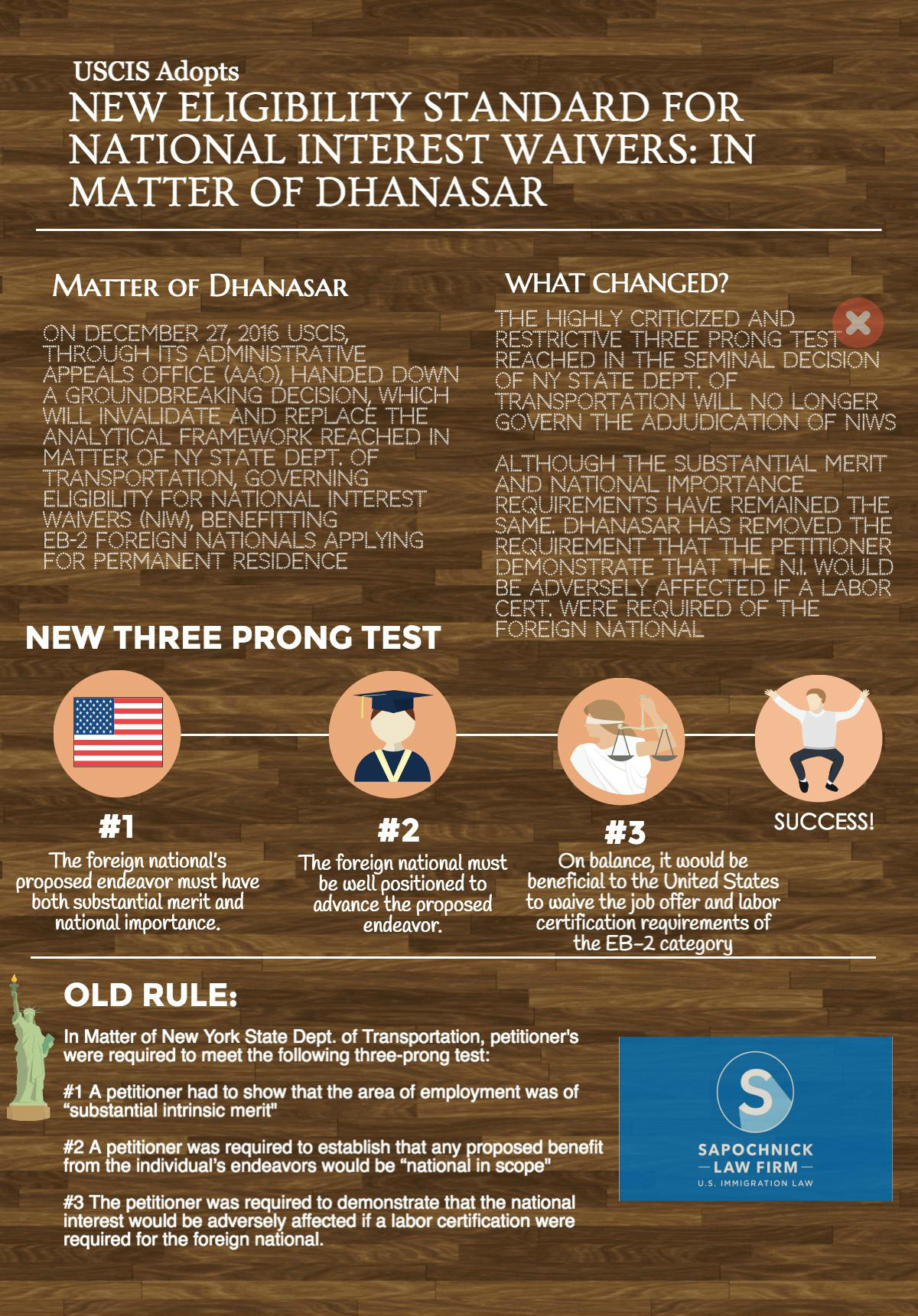In this video, attorney Jacob J. Sapochnick discusses the Final International Entrepreneur Rule recently published by USCIS effective July 17, 2017. Approximately 2,940 foreign entrepreneurs are set to benefit from the new rule on an annual basis beginning July 17.
What will it do?
The rule will make it easier for eligible start-up entrepreneurs to obtain temporary permission to enter the United States for a period of 30 months, or 2.5 years, through a process known as “parole,” for the purpose of starting or scaling their start-up business enterprise in the United States. The decision about whether to “parole” a foreign entrepreneur under this rule will be a discretionary determination made by the Secretary of Homeland Security on a case-by-case basis (INA Section 212(d)(5), 8 U.S.C. 1182(d)(5)).
“Parole” will be granted to eligible entrepreneurs who can demonstrate that their company’s business operations are of significant public benefit to the United States by providing evidence of substantial and demonstrated potential for rapid business growth and job creation. Such demonstrated potential for rapid growth and job creation may be evidenced by: (1) significant capital investment from U.S. investors with established records of successful investments or (2) attainment of significant awards or grants from certain Federal, State, or local government entities.
 Immigration Lawyer Blog
Immigration Lawyer Blog



